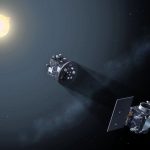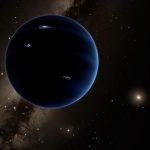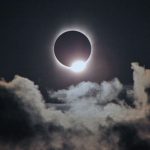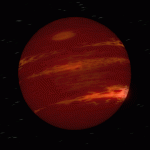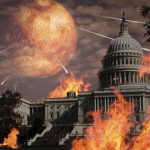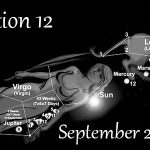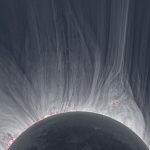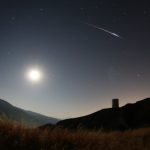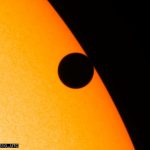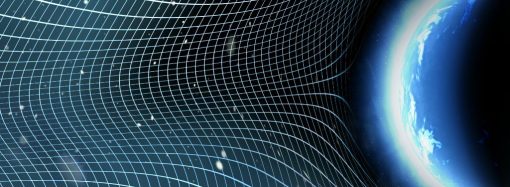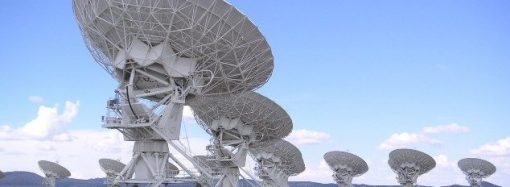Pioneering ESA mission aims to create artificial solar eclipses0
- From Around the Web, Space
- August 24, 2017
Due to launch together in 2020, the two satellites making up Proba-3 will fly in precise formation to form an external coronagraph in space, one satellite eclipsing the sun to allow the second to study the otherwise invisible solar corona.

